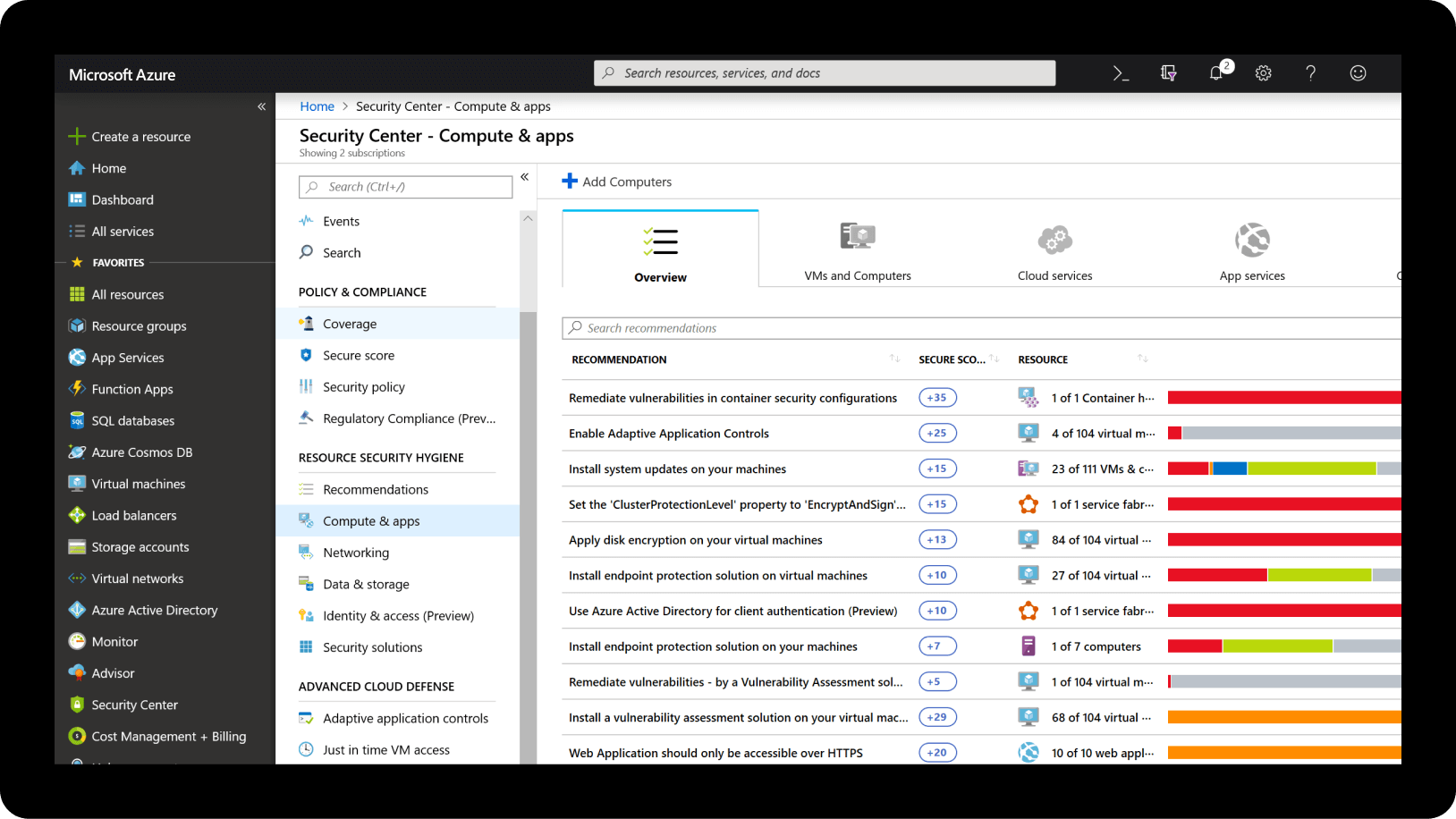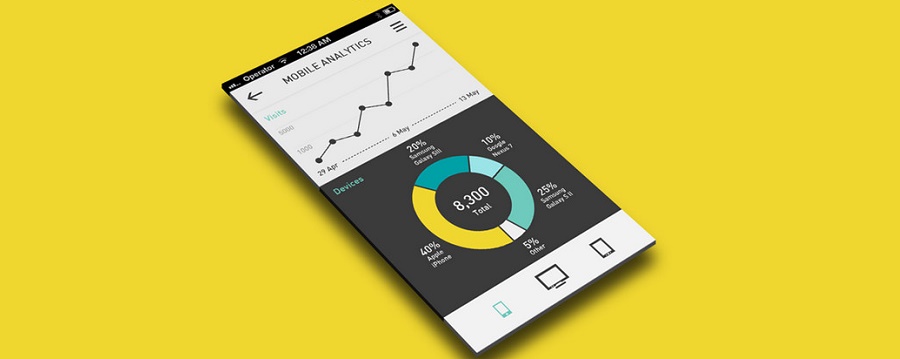
Did you know that there are nearly 5 million mobile apps available today?
Approximately 30,000 new apps are being added monthly to the Apple App Store alone (data source: https://www.statista.com/statistics/1020964/apple-app-store-app-releases-worldwide/).
According to Statista, an app user spends an average of 5 minutes on an app session.
As an app developer, how do you ensure your user stays engaged in this massive clutter? It is very simple—you must provide the best possible in-app experience at every stage of the app funnel journey!
And how do you track and improve your app user experience? By using mobile app analytics!

Mobile app analytics are tools and processes that convert the raw data received from your app users into actionable insights by tracking, observing, and mapping user behaviour. Mobile app analytics can help determine several insights, such as:
- User behaviour data
- Impact of new features
- New opportunities for app development
- Refine and improve your app’s User Experience (UX)
Page Contents
Key metrics required from mobile app analysis solutions
There are plenty of mobile app analytics solutions in the market—free or paid for. You must evaluate the main ones relevant to your app industry or vertical and choose the solution that best fits your requirement. The mobile app analysis solution that you finally choose must provide the following metrics at a minimum:
- App attribution: to check if users were acquired organically or through marketing campaigns at the awareness/acquisition stage of the funnel
- Average Revenue Per User (ARPU): to see if your average user is generating enough revenue for your app. This is an important metric as it helps you gauge the effort needed to retain and engage customers and the cost involved for the same
- Cost per User Acquisition (CPA): to calculate the ROI of your marketing campaigns and determine the most cost-effective way to get new users
- Life Time Value (LTV): the total revenue expected from a user before they move to another app
Microsoft Azure Mobile App Analytics
One of the best mobile app analytics tools is Microsoft Azure Mobile Apps Analytics (also called “Azure Data Analytics”).
Azure Data Analytics is a set of tools that allows you as the app developer to harvest, view and analyse data through different methods. You can use Microsoft Azure Mobile Apps Analytics to:
- Identify gaps in your business processes and improve them
- Run data analysis for better decision-making
- Identify industry trends
Main features of Microsoft Azure Mobile Apps Analytics
Microsoft Azure Mobile Apps Analytics is a fully managed “Platform As A Service (PaaS)” that offers enterprise-level, cloud-based data models. It offers fast performance using an SQL Server linked to enterprise-class hardware.
It uses advanced data modelling features to pull together data from multiple sources, defines the relevant analysis metrics and secures your app data in a single location. This data can be from relational or non-relational sources.
Image source: https://learn.microsoft.com/en-us/azure/analysis-services/analysis-services-overview
Start using Microsoft Azure Mobile Apps Analytics
Using Microsoft Azure Mobile Apps analytics is a relatively straightforward process. But it needs a qualified IT resource to help you set it up. The following are the outline steps to start:
- Create a free subscription/account by visiting Azure Free Trial
- Choose your region
- Link your subscription with an Azure Active Directory tenant
- A “tenant” is the exclusive client ID that you get when you open your Azure account
- Make sure that you sign into Azure with your account in the Azure Active Directory
- After signing in, create a Server
- You can do this by clicking on Create a resource > Analytics > Analysis Services
- In Analysis Services, fill in the required fields, and then press Create
- The areas required include: Server name, Subscription, Pricing slab, Administrator, Backup storage setting and other fields
- The server creation usually takes about one minute, provided you have all the information ready at hand
- Choose the right service tier
- Azure Analytics is available in three tiers: Developer, Basic and Standard.
- The cost of each tier varies as per the facilities available—processing power, Query Processing Units (QPUs), and memory size
- It is possible to change plans within the same tier or upgrade to a higher tier
- It is not possible to go to a lower tier from a higher tier
- Secure the server by creating a Server Firewall
- Add a basic sample data model (this can be done directly from the portal)
Image source: https://azure.microsoft.com/en-us/free/
As the app developer, you must also ensure that you have the right environment to run Microsoft Azure Mobile Apps Analytics. This includes the following steps:
- Organise your resources properly
- This involves setting up a management hierarchy to control access and manage policy and compliance.
- Access management
- To ensure that users have only the necessary permissions
- Costs and billing management
- Confirm your subscription type
- Review your billing regularly
- Try out ways to control costs
- Follow all applicable and required legal requirements
- You must ensure that you are following all the legal, compliance and oversight regulations of the territory in which you are operating or where your app is available for download and use
- Monitoring and reporting processes
- View all resources in one dashboard
- Identify and fix problems
- Optimise your app performance regularly
- Track portal updates
- Stay updated with all changes in the Azure Analytics portal
- This will help you be ahead of any sudden changes and avoid surprises or issues which could affect your app or your customer’s engagement with the app
Conclusion
Mobile app analytics help you as the app developer improve the app’s chances of success by providing essential and valuable insights into user behaviour. Mobile app analytics are critical in your overall app marketing approach.
As an app developer, you must identify the best practices for your mobile app analytics setup relevant to your app industry and category and implement them as quickly as possible. It would be best if you kept constantly refining and improving your analytics setup to get the most relevant data.
Suppose you want to use the most effective and best-in-class mobile analytics solution. In that case, it doesn’t get any better than the Azure Mobile Apps Analytics platform, as it integrates with several Azure services, allowing you to build and run sophisticated analytics. You will get secure access to critical data, direct data loading into your preferred analytics model and model testing with sample data sets.
For more information on the Azure Mobile Apps Analytics Platform and for detailed point-and-click solutions to get started, visit https://learn.microsoft.com/en-us/azure/analysis-services/analysis-services-overview